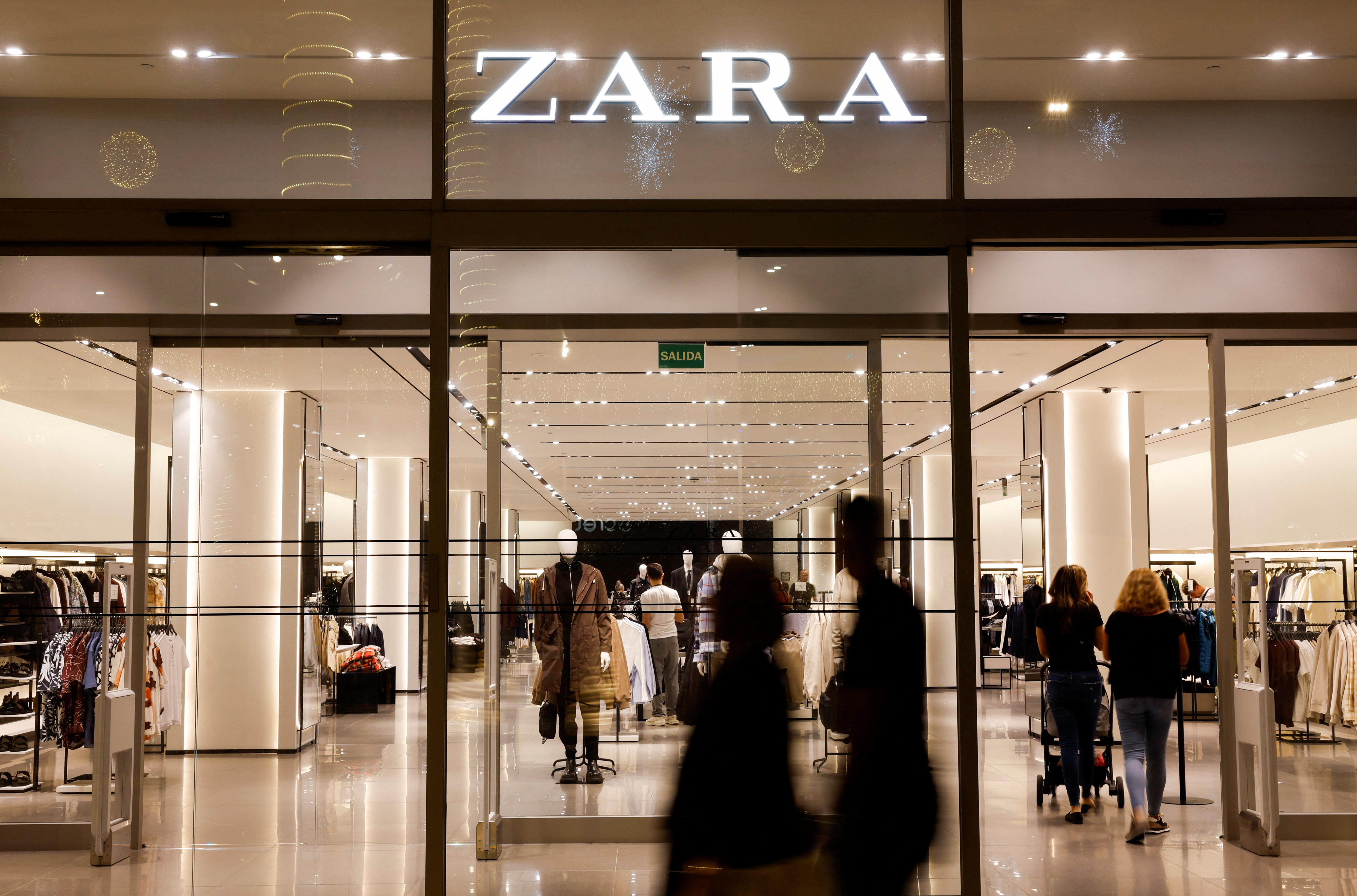
Introduction
Zara, a prominent Spanish multinational retail clothing chain, has become a global fashion phenomenon with its unique approach to fast fashion and trendsetting designs. Established as part of the Inditex fashion group, Zara has captured the hearts of fashion-forward individuals worldwide with its diverse range of clothing, accessories, shoes, beauty products, and perfumes. In this article, we will delve into the success story of Zara, its distinctive fast fashion model, and how it has redefined the retail industry with its accessible and stylish offerings.
1. The Advent of Fast Fashion
Zara’s success can be attributed to its innovative fast fashion model. Unlike traditional retailers, Zara leverages a rapid production and distribution process, allowing it to respond swiftly to changing fashion trends. From the runway to store shelves, Zara can bring new designs to customers within weeks, making the latest fashion accessible to a broader audience.
2. Trendsetting Designs and Adaptability
At the heart of Zara’s fast fashion success lies its ability to anticipate and adapt to the latest trends. The brand’s design team closely monitors fashion shows, street styles, and customer feedback to create collections that reflect the current zeitgeist. Zara’s ability to provide trendy and stylish garments at competitive prices has resonated with fashion enthusiasts of all ages.
3. Global Reach and Expansion
With over 2,000 stores across the globe, Zara has a significant presence in major cities and shopping destinations. Its strategic expansion into new markets has allowed Zara to cater to a diverse customer base and gain a competitive edge in the global retail landscape.
4. Vertical Integration and In-House Production
Zara’s vertical integration sets it apart from many other fashion retailers. The brand owns a significant portion of its production facilities, allowing it to have better control over the manufacturing process. This vertical integration enables Zara to produce small batches of clothing and quickly respond to market demands.
5. Emphasis on Sustainability
While fast fashion has faced criticism for its environmental impact, Zara has taken steps to address sustainability concerns. The brand has introduced eco-friendly collections and has committed to using more sustainable materials in its products. Zara’s efforts to promote responsible fashion practices demonstrate its commitment to a more sustainable future.
6. Online Presence and Digital Strategy
In addition to its physical stores, Zara has a strong online presence. The brand’s e-commerce platform allows customers to shop conveniently from anywhere in the world. Zara’s digital strategy includes engaging content, user-friendly interfaces, and personalized shopping experiences to cater to the preferences of its tech-savvy customer base.

Conclusion
Zara’s rapid rise to prominence in the retail industry can be attributed to its fast fashion model, trendsetting designs, and global accessibility. With a finger on the pulse of fashion, Zara has successfully democratized style, making fashion-forward clothing accessible to a broader audience. As the brand continues to innovate and adapt, its commitment to sustainability and digital expansion ensures that Zara remains at the forefront of the ever-changing fashion landscape.


